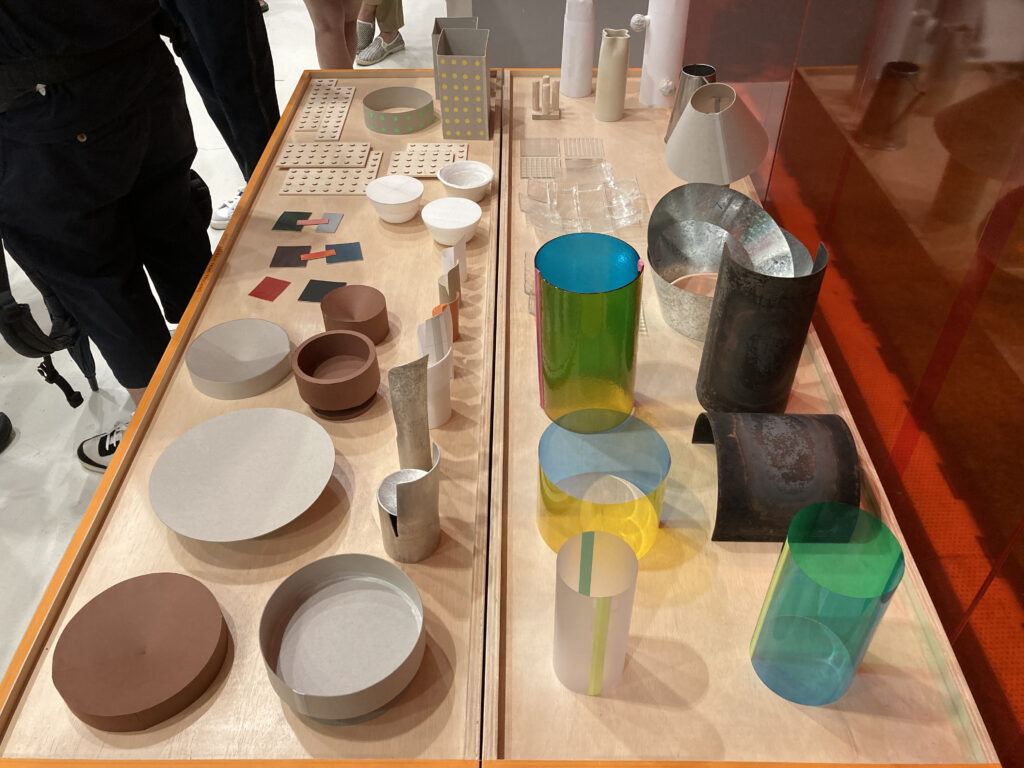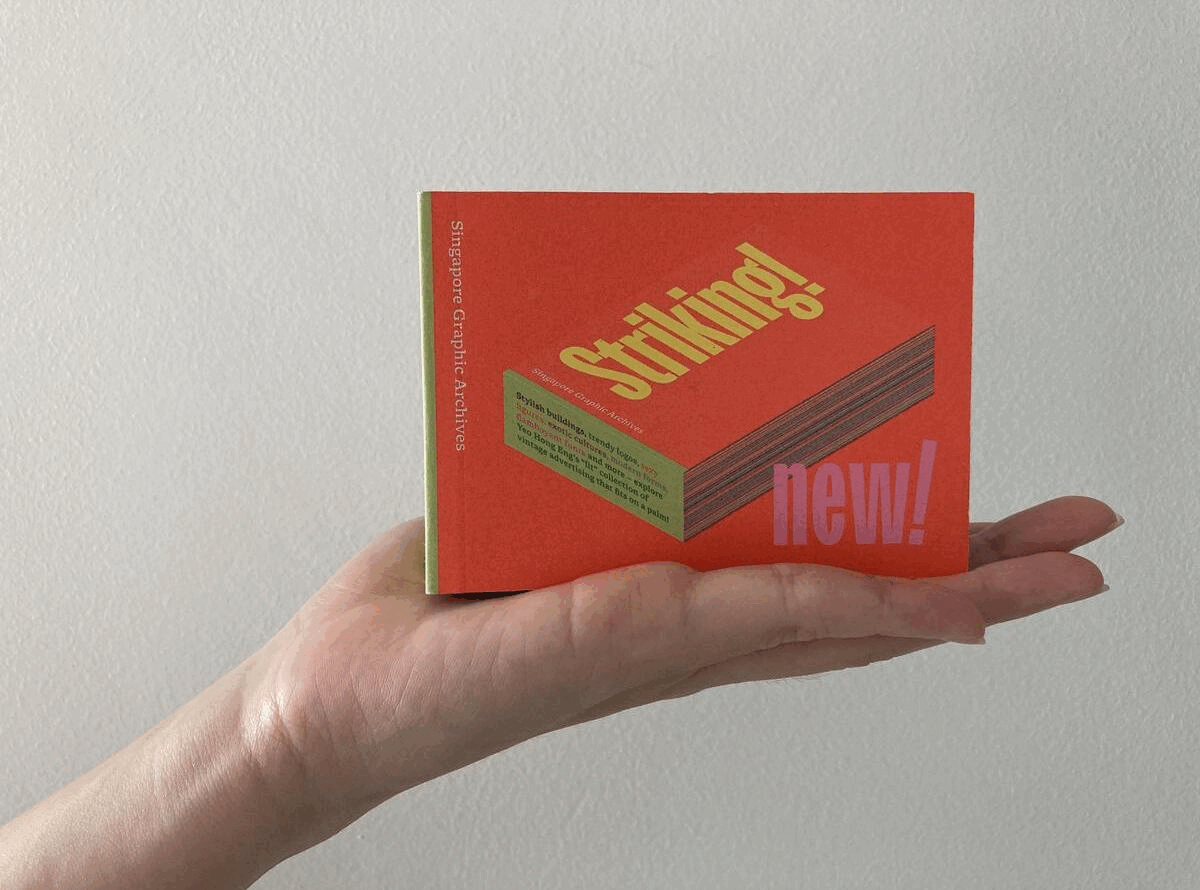
Energizer lithium batteries. The motor that powers Dyson cordless vacuum cleaners and hairdryers. Robots that clean buildings around the world. These are some examples of “Made in Singapore” products today. It may surprise some that manufacturing goes on in a city-state better known for its services industries — which generated almost 70% of its gross domestic product in 2020. But making and crafting products has long been a part of Singapore as far back as the 13th century when it was a part of a vast trading network spread across its neighbouring ports and regions. Traders and immigrants brought from their homelands trades such as food processing, sign painting, furniture making and tailoring to support everyday living in the port city.
Such cottage industries grew under the British rule of Singapore from the 19th century, but began facing stiffer competition after World War II when the popularisation of mass production led to cheaper goods. In the 1960s, Singapore also embarked on a state-led industrialisation drive to secure its economic survival and eventual independence in 1965. The newly-elected local government set up the Economic Development Board (EDB) to woo industrialists from overseas and support the modernisation of local industries, reshaping what was “Made in Singapore”. Instead of simply meeting the needs of the local market, industries were encouraged to produce for export too. The government implemented a series of “interlocking economic, land and labour policies” that favoured multinationals and big businesses over cottage industries. The EDB also helped local producers improve their products for export through the Industrial Research Unit (IRU) and the Light Industries Services (LIS). Both were staffed with experts from Western developed nations, including USA and Australia, to consult Singapore manufacturers on how to meet international technical standards as well as employ “modern” marketing and industrial design.
The resulting output was “Made in Singapore” goods tailored to the world. For instance, furniture produced locally during the 1970s and early 1980s largely came in the Scandinavian style as it “won for their makers a steady export trade to countries like the U.S., Canada, Europe and Australia”.The overseas market was not only more lucrative, but manufacturers blamed a lack of local demand for “Made in Singapore” furniture too. According to then secretary of the Singapore Furniture Manufacturers and Trades Association, Singaporeans had a prejudice against locally made goods and preferred European furniture from West Germany, Italy and France.
An exception to the trend of shaping “Made in Singapore” products to suit overseas tastes was in local souvenirs where a distinct national identity was essential. An early 1960s LIS survey noted that Singapore lacked “souvenirs with a strong local identity” and most were imported from neighbouring countries. One reason was the lack of local designers and that the young nation’s identity was still in the making. As a local carver of miniature sampans and tongkangs summed up his dilemma in 1970: “Today’s tourists don’t want them. They tell me my carvings are not national. But I can’t think of a single design that’ll represent Singapore.”
➜ Read the full essay in the “Design & Made in Singapore” exhibition by New Optimistic Works

 This book was born out of an observation. While reading a recent newspaper review of Antigen Rapid Test (ART) kits, this sentence jumped out at me:
This book was born out of an observation. While reading a recent newspaper review of Antigen Rapid Test (ART) kits, this sentence jumped out at me: